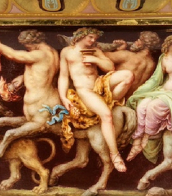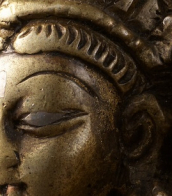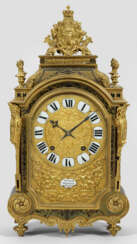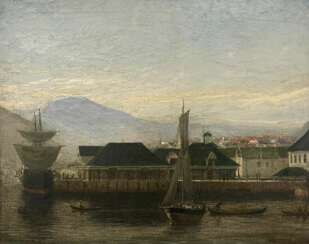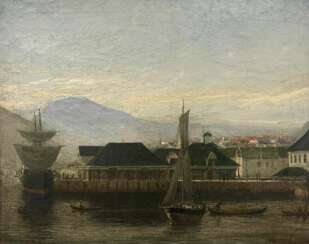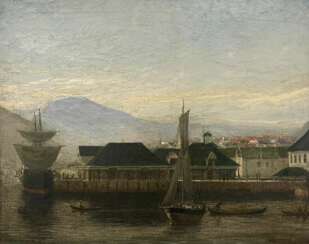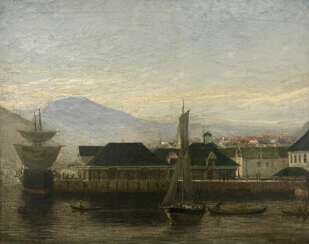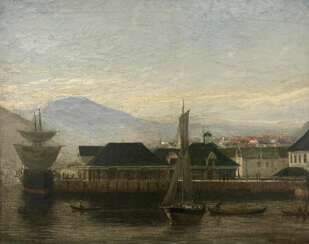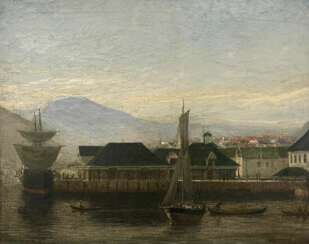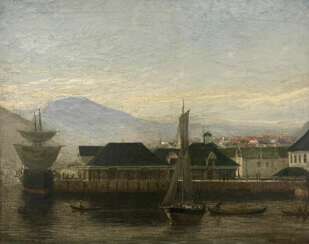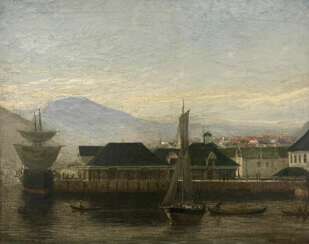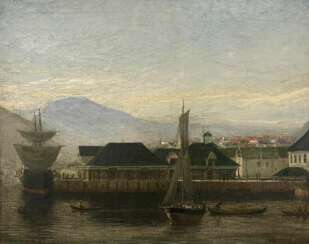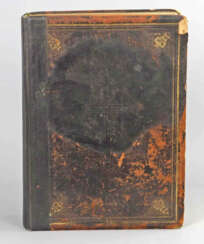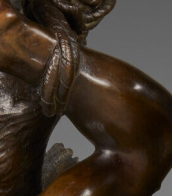18 Items by auctions and galleries:
martin eder
Lot 4546 Martin Eder. Ohne Titel (Schwangere)
Martin Eder (1968) 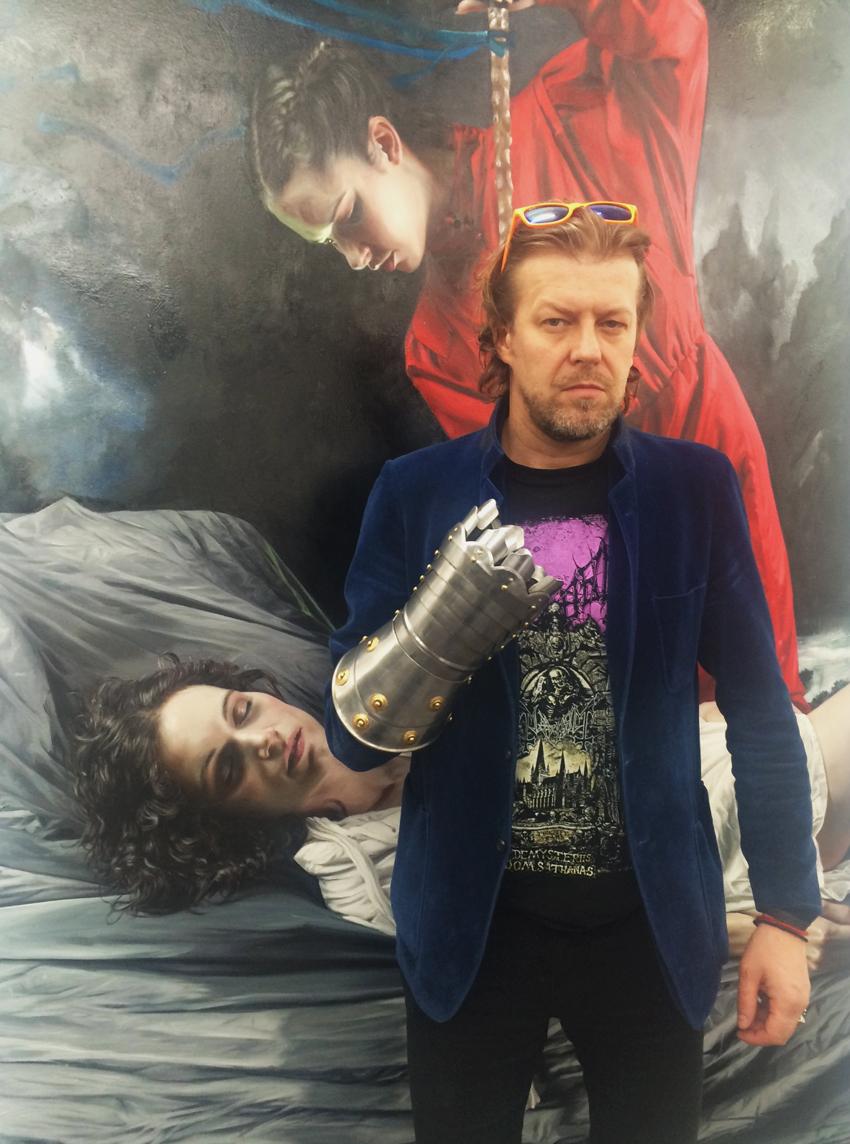 A932: Half a Century / Arbeiten auf Papier 1950 – 2000 aus einer Süddeutschen Privatsammlung
A932: Half a Century / Arbeiten auf Papier 1950 – 2000 aus einer Süddeutschen Privatsammlung 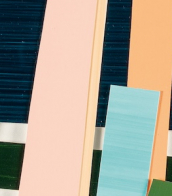

Martin Eder
31.08.1968
Germany
Martin Eder is a German artist.
From 1986 until 1992, he studied at the Augsburg University of Applied Sciences, and from 1993 until 1995 continued his studies at the Academy of Fine Arts Nuremberg, attending the University of Kassel in 1995 and 1996. From 1996 until 1999 he studied under Eberhard Bosslet at the Dresden Academy of Fine Arts and was a master student under Professor Bosslet from 1991 until 2001. Eder lives and works in Berlin. He plays in his own experimental rock band under the name Richard Ruin et Les Demoniaques.

KARL & FABER Kunstauktionen
A932: Half a Century / Arbeiten auf Papier 1950 – 2000 aus einer Süddeutschen Privatsammlung
Date: 05.12.2025 18:00 UTC +01:00
Number of lots in the catalog: 52




